Carbon nanotube products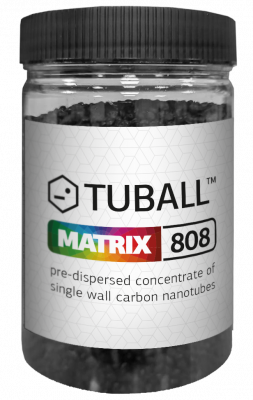


Confezionamento
Barattolo 0,6 l (fino a 250 g)
Altri tipi di confezionamento sono disponibili disponibile su richiesta del cliente
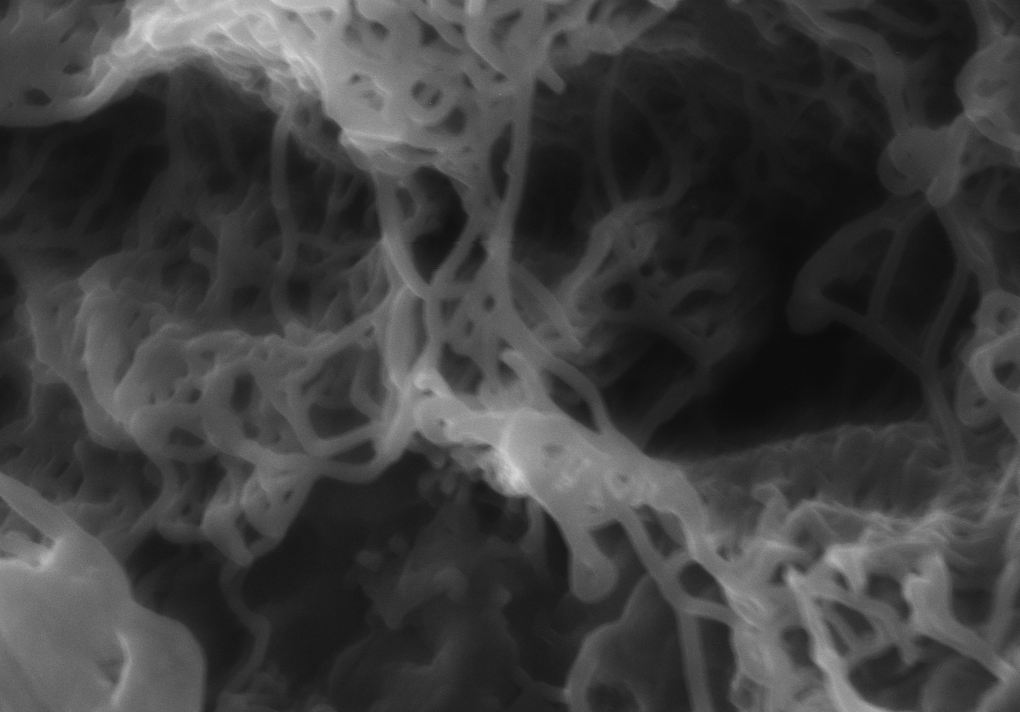
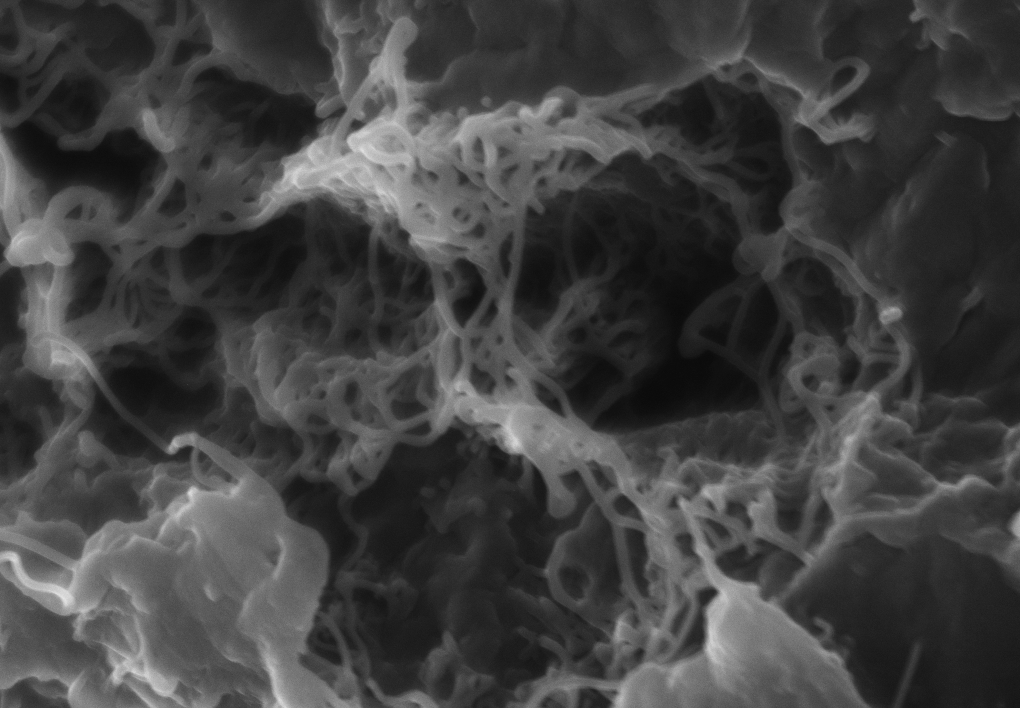
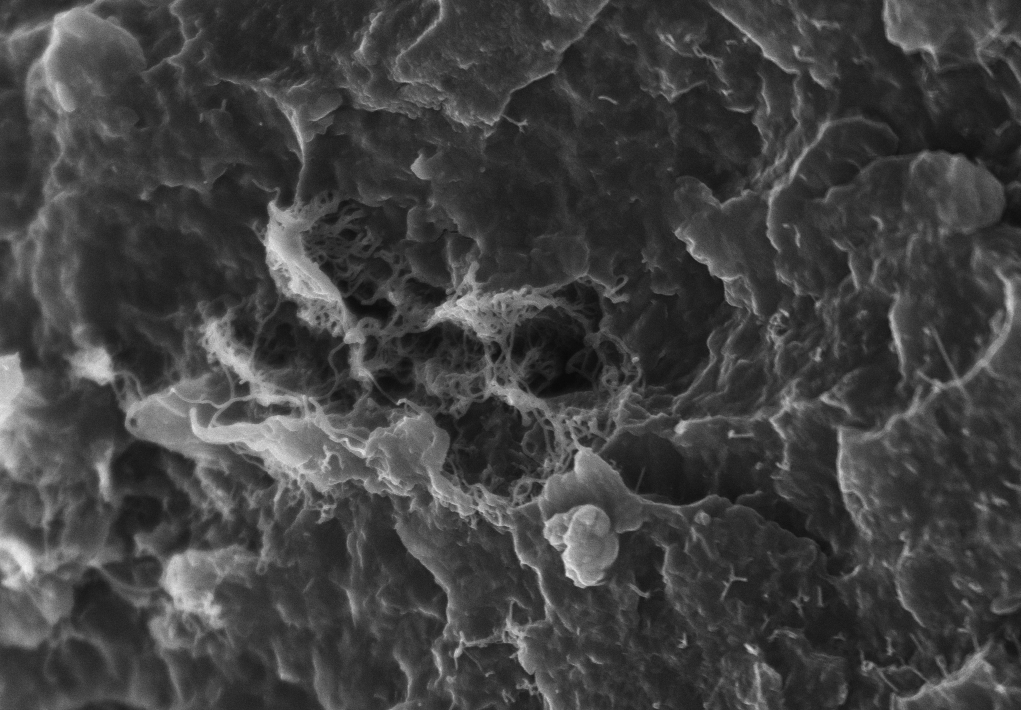
Additivo elettricamente conduttivo versatile per composti di poliuretano termoplastico (TPU), polisolfuro di fenile caricato (PPS), acrilonitrile butadiene stirene (ABS), policarbonato, policarbonato ABS, poliammide (PA) e resina poliammidica rinforzata con fibra di vetro.
Sistema materiale
Poliuretano termoplastico (TPU), polisolfuro di fenile caricato (PPS), acrilonitrile butadiene stirene (ABS), policarbonato, policarbonato ABS, poliammide (PA) e resina poliammidica rinforzata con fibra di vetro
Dosaggio di esercizio
0,5–5% en peso
Supporti
Estere di poliolo
Formato
Pellets
Benefits
Conducibilità elettrica
Fornisce una conducibilità elettrica costante e uniforme ad una bassa concentrazione operativa
Proprietà meccaniche
Mantiene le prestazioni meccaniche chiave originali
Caratteristiche costanti
Mantiene la resistività indipendentemente dai livelli di umidità
Riduzione dello scarto
Contribuisce a ridurre il numero di prodotti non conformi
Applicazioni principali
Esempi di applicazioni
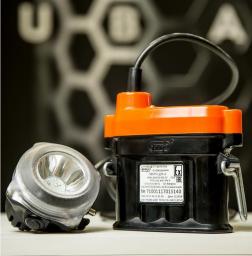
Lampade di segnalazione
сliccare per vedere i casi
Documenti
Disponibile in lingue :
English
TDS TUBALL MATRIX 808 ENG V12.PDF
PDF204.8 kB
TUBALL MATRIX 808 ABS PROCESSING GUIDELINES ENG V04.PDF
PDF204.8 kB
TUBALL MATRIX 808 GF PA6 PA6.6 PROCESSING GUIDE ENG V04.PDF
PDF204.8 kB
Video
How to grant conductivity to glass fiber reinforced polyamide: compounding guide